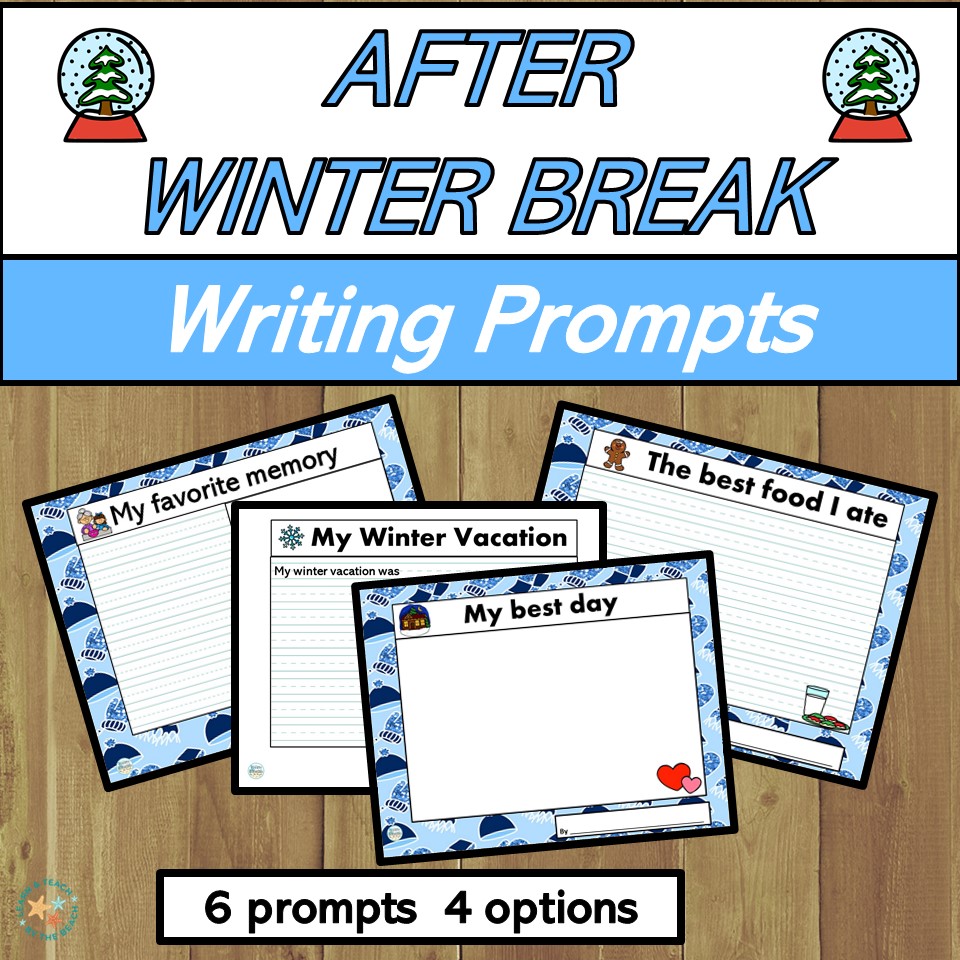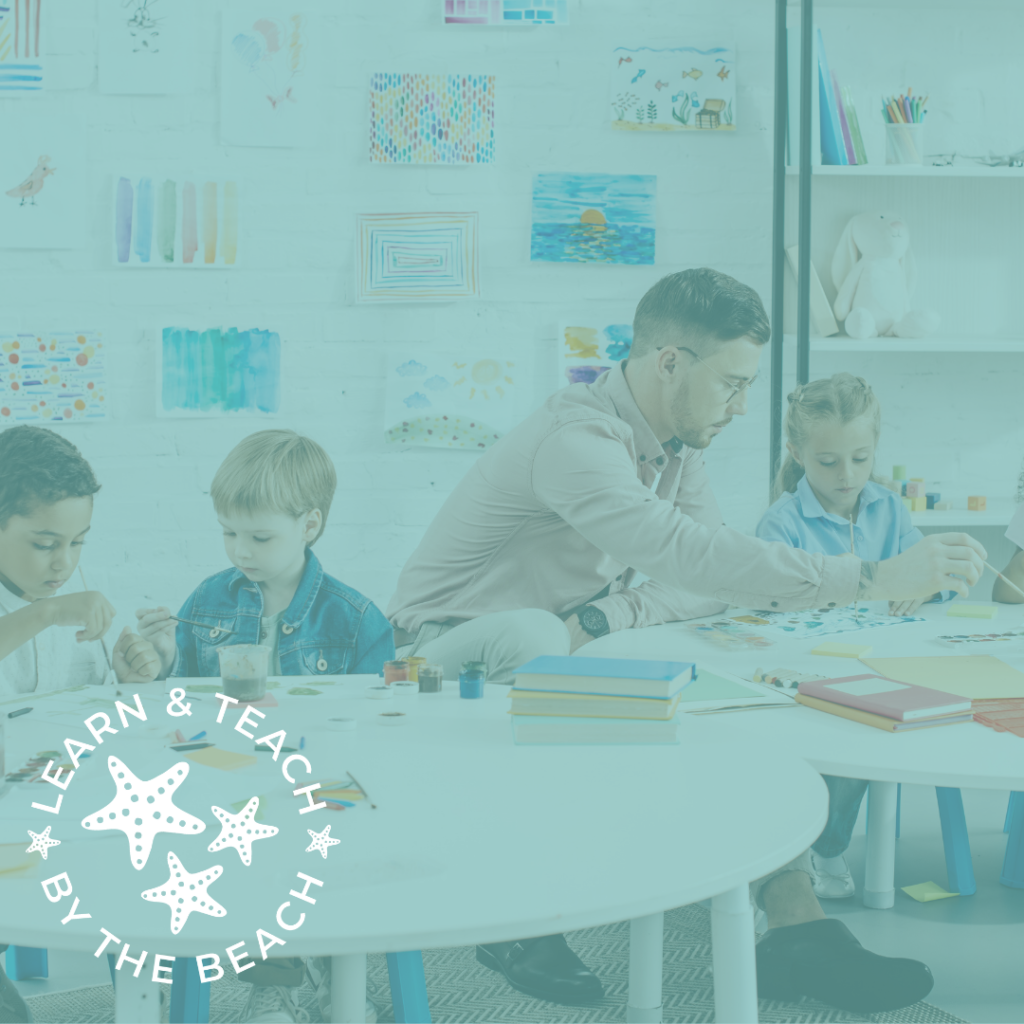Try this list of 7 instructional engagement strategies to enhance learning and have fun with your students.
Engagement Strategies
- Partner Work
- Scoot
- Charts and Sticky Notes
- Echo and Choral Reading
- Cooperative Activities
- Motions and Gestures
- Student Leaders
Partner Cards
Research shows when you teach a skill to someone else, you gain a deeper understanding. So, using partners to teach new content is a research based skill that can be used with any subject.
However before you begin, clearly teach your expectations during partner teaching time-such as a turn and talk-so students know what and how they will work with a partner. In this resource, you can teach expectations and use the partner cards to pair up students. Partners can be switched out daily, weekly or switch them out by subject. The possibilities are endless.
The best part is once students know your classroom management routine, you can use it throughout the day. This instructional engagement strategy will be a great tool in your engagement toolbox.
Scoot
Are you familiar with the game Scoot? This whole class instructional engagement strategy can also be used with any topic. All you need are task cards, flashcards or even just cards with content you want to review. Students move around the room with a recording sheet and answer the questions. Grab this FREEBIE to learn more!
Charts and Sticky Notes
Bring out supplies like chart paper and sticky notes and engagement always increases! Write comprehension questions on chart paper and post them around the room. Students can walk around and answer the questions. You could also put math problems on each piece of chart paper and students can share their strategies as they solve.
Check for Understanding with Sticky Notes
At the end of your lesson, write “How well do you understand _____?” Then each student writes his/her name on a different colored sticky note to show their understanding. For example green=good to go yellow=I still need some practice red=I don’t get it.
Here are 5 other ways to use sticky notes:
- Sequencing– Use sticky notes to retell a story-1 sticky per part-beginning, middle, end or character, setting, problem and solution.
- Main idea & details-Use one sticky note for the main idea and then write details on other sticky notes.
- Character traits-Students draw a picture of a character and write character traits on the sticky notes and put around the drawing.
- Vocabulary-Students write a vocabulary word and definition on a sticky note. As a review, students pair up and read their words and definitions.
- Number of the day-Write a number on chart paper and students write equations to equal that number on sticky notes.
Echo or Choral Reading
Echo reading is where students echo you when you read content or directions. This increases engagement and helps students process the information. You could also have a student lead the reading and other students could echo the leader.
Choral reading helps students practice fluency and keeps students engaged. This strategy is effective when students have a copy of the text and/or can see the text so they can follow along. Another way to use this strategy is to color the text. For example, the teacher reads the black text and the students choral read the red text.
Using these reading strategies throughout your lessons increases engagement. In addition, students can use these strategies with a partner or small group. One final tip, as you introduce echo and choral reading, be clear with your expectations and expect everyone to follow them. Practice as often as necessary!
Cooperative Activities
There are many different types of cooperative activities that you can use to keep your students engaged. As with any strategy, be explicit with your expectations and practice often so that students become independent. Here are two of favorite engagement strategies for cooperative learning.
Table Talk-This is great for a reviewing content. Provide each table group a text, math problem or vocabulary to review. Ask a question that has different answers or solutions. Give each table a time to put their heads together and talk. Then ask 1 student per table to provide an answer-different than someone else. You could even record table points for another level of engagement.
Expert Groups-Split students in groups and give each group member a number. So each group has a student who is a 1, 2, 3, 4, 5. Gather all the 1s with you to teach them a concept, strategy or fact that they will go back and teach their group. For example, if you’re studying the moon-gather 5 moon facts. Call all the number ones in a small group and teach them fact #1. They go back and teach that fact to their group. Repeat with all the other group members. This helps with engagement because each student is an expert in something, however all together they are learning about the moon!
Motions and Gestures
Anytime you can engage the body with a motion or gesture, the brain will be activated in several different areas. You can make a motion for any learning and you can even ask the kids for their ideas-that way everyone will remember the motion.
This is what I do to help my students remember what a noun is.
A noun is a person (point to yourself) A place (put hands up next to your face like walls)
Thing (Put your index finger into your other palm)
Animal (make cat ears) and an Idea (point to your brain)
With lots of practice, all I need to do is start with “A noun is…” and they can finish the rest.
Student Leaders
One of the easiest ways to engage students is to let them be leaders. I have a leader of the day instead of classroom jobs. The leader directs the morning meeting, passes out papers, leads the line, dismisses tables at the end of the day, and any other task I need them to do.
You could also have leaders for certain subjects-math leaders could get the math game and explain the rules. Table leaders could get art supplies for everyone at their table. Recess leaders could put the equipment away at the end of recess. There are so many possibilities!
Engagement
One final thought-using engagement strategies helps students make connections and retain information. These strategies can be added to your teacher toolbox to improve your instruction and help students feel successful!
Supporting you always! 💗








